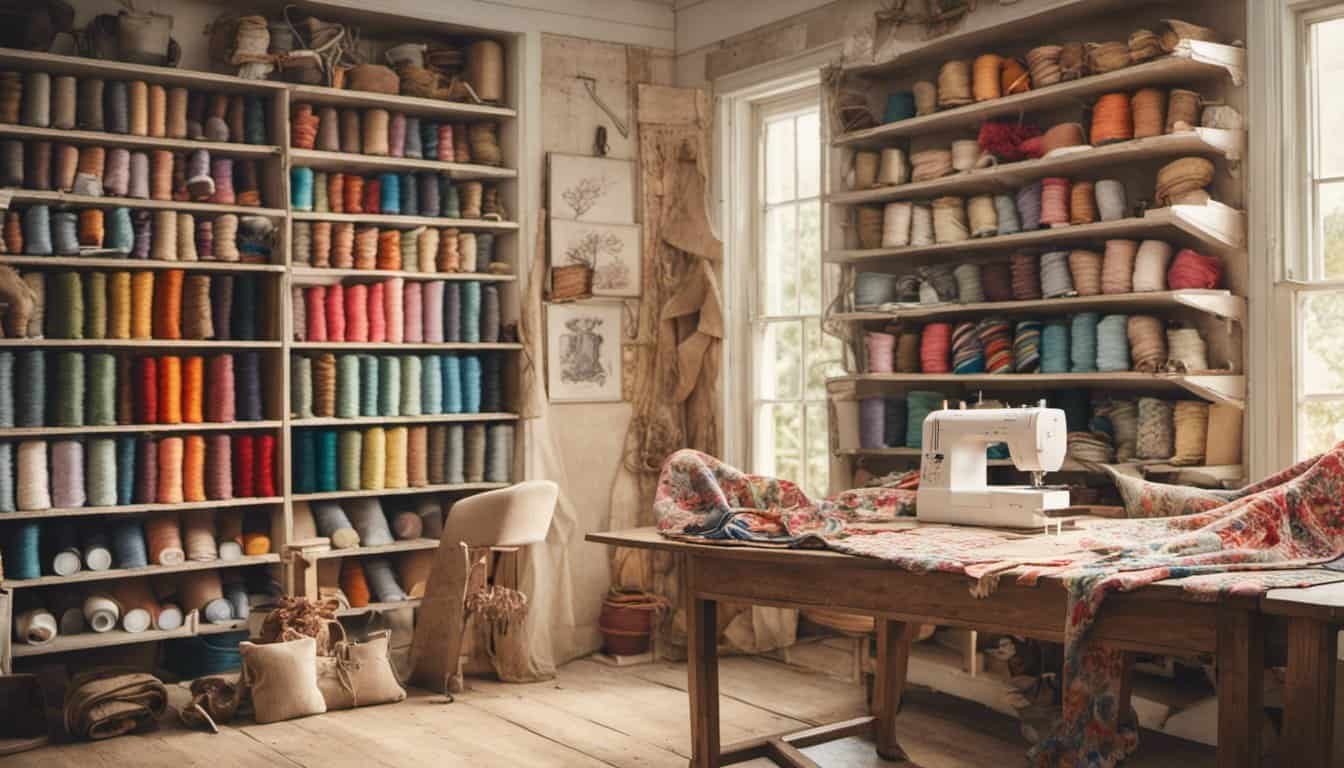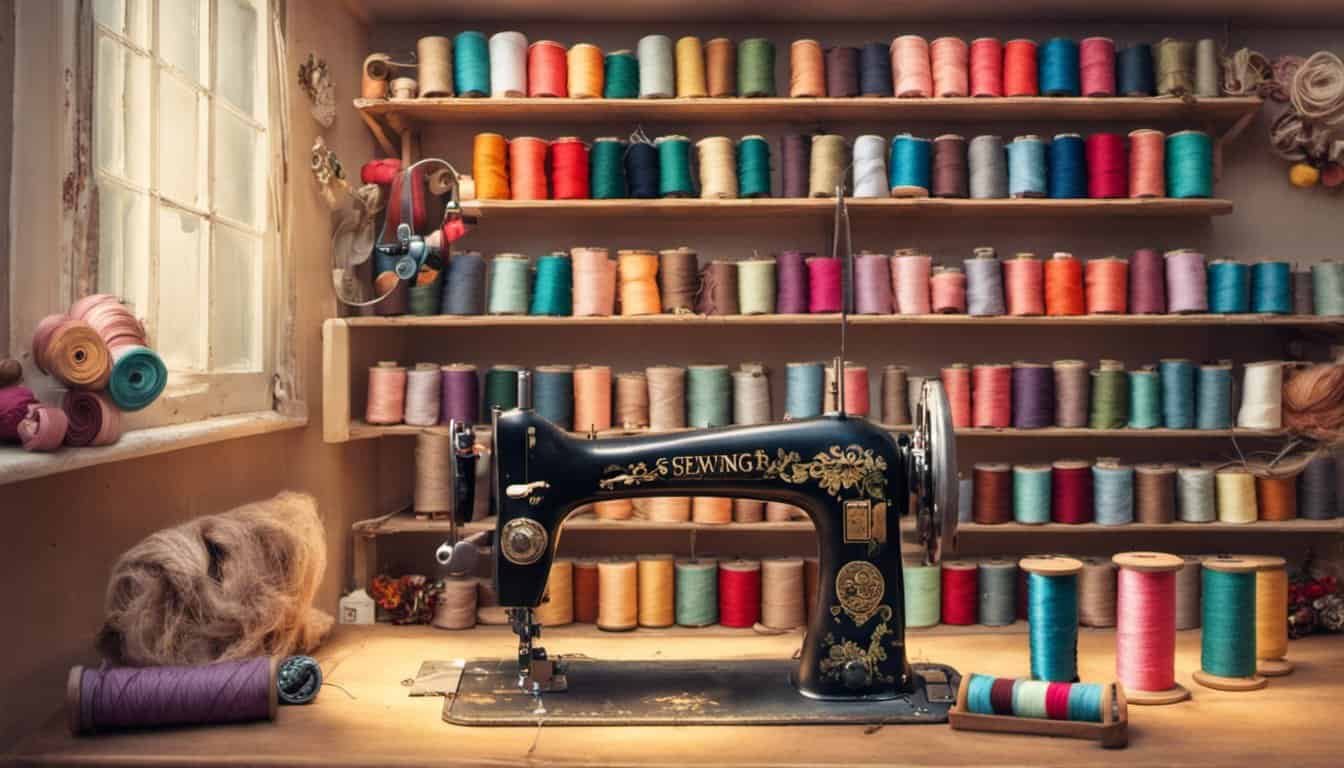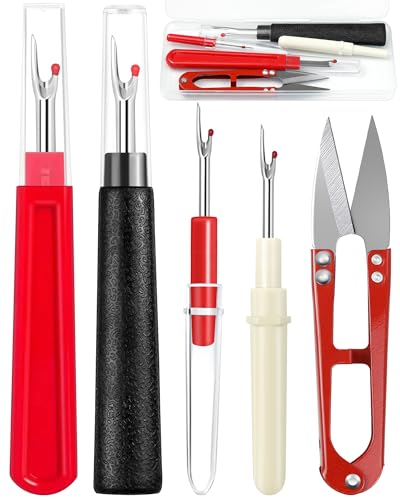I’ve always loved spoiling my furry friend, and there’s nothing quite like making something special with my own hands. Sewing a fabric cat toy with a little catnip inside is not only fun but also a great way to keep my cat entertained for hours. Plus, it’s a simple project that doesn’t take much time or skill, making it perfect for beginners or anyone looking for a quick DIY.
There’s something so satisfying about creating a toy that my cat goes crazy for. With just a few scraps of fabric, some stuffing, and a sprinkle of catnip, I can whip up a cute and durable plaything. It’s a great way to use up leftover materials while giving my pet something they’ll absolutely love.
Benefits Of Sewing A Fabric Cat Toy With Catnip
Sewing fabric cat toys with catnip combines creativity and functionality. Handmade toys offer several advantages over store-bought alternatives, enhancing the pet’s playtime and the owner’s crafting experience.
- Customization
I can tailor the size, shape, and design to suit my cat’s preferences. For example, creating toys shaped like fish or mice ensures the toy is engaging for my pet.
- Durability
Using quality fabric and strong stitches keeps the toy intact longer. Double stitching around seams prevents wear and tear from frequent clawing and biting.
- Safe Materials
I control every material used, ensuring it’s non-toxic and pet-safe. Natural fabrics like cotton or felt work well and are gentle on a cat’s paws.
- Cost-Effectiveness
Sewing uses leftover fabric scraps or old clothes, reducing waste and saving money. A few teaspoons of dried catnip are inexpensive but greatly appreciated by most cats.
- Enrichment for Cats
Adding catnip inside the toy provides mental stimulation. Cats often roll, chase, or pounce on toys with catnip, promoting physical activity and reducing boredom.
- Crafting Enjoyment
I find sewing these toys relaxing and rewarding. Completing a project that directly benefits my pet enhances the joy of crafting.
Handmade cat toys can align perfectly with my cat’s needs while offering me a creative outlet.
Materials Needed
Creating a fabric cat toy with catnip requires a few specific materials to ensure the toy is safe, durable, and appealing to your feline friend. Gather the essentials before beginning for a smoother experience.
Fabric Selection
I recommend durable, non-toxic fabrics like felt, cotton, or fleece. Felt is easy to sew and retains its shape well, making it ideal for beginner sewing projects. Cotton offers a lightweight option with a variety of patterns, while fleece provides a soft texture that most cats love. Avoid fabrics that fray easily or contain small embellishments, as these could pose a choking hazard. Repurposing old clothes or fabric scraps works great for eco-friendly designs.
Tools And Equipment
Scissors, pins, and needles form the foundation of needed tools. Use sharp fabric scissors for precise cutting. Select hand-sewing needles suited to your fabric’s thickness or a sewing machine for faster assembly. Fabric pins help secure pieces while sewing, but small binder clips work as an alternative. Marking tools, such as fabric chalk or erasable pens, assist in sketching the toy’s shape.
Include strong thread for stitching, preferably in a color that matches your fabric. Polyester thread adds durability. A funnel or small spoon simplifies the process of filling the toy with catnip, while stuffing material like polyester fiberfill provides structure.

Choosing The Right Catnip
Using high-quality, fresh catnip ensures maximum enjoyment for your cat. Look for organic or pesticide-free options to avoid harmful chemicals. Dried loose catnip is easy to work with and widely available in pet stores or online. While optional, mixing catnip with silvervine or valerian root can create an even more enticing experience for cats sensitive to these herbs.
Step-By-Step Sewing Guide
Creating a fabric cat toy with catnip is straightforward and enjoyable. Follow these detailed steps for a fun and successful sewing project.
Cutting The Fabric
Measure and cut the fabric pieces to your desired toy shape. I recommend simple shapes like circles, squares, or fish outlines for ease. Use sharp fabric scissors for clean, precise cuts to avoid frayed edges. Cut two identical pieces, as one will form the front and the other the back of the toy.
Assembling The Pieces
Align the two fabric pieces with the right sides facing inward. Pin the edges together to hold them in place during sewing. Using a needle and strong thread or a sewing machine, stitch along the edge, leaving a small opening of about 2 inches for stuffing. Keep the stitches close enough to prevent gaps where catnip might leak.
Adding Catnip Filling
Turn the sewn fabric right-side out through the opening. Fill the inside with a mixture of catnip and soft stuffing like polyester fiberfill or fabric scraps for added softness. Avoid overfilling to ensure the toy remains lightweight and easy for the cat to toss or bite. Quality, fresh catnip enhances the toy’s appeal.
Final Touches
« 10 Easy Steps for Sewing a Fabric Makeup Bag with Zipper That Looks Stunning
Ultimate Guide to Sewing a Wedding Veil: DIY Tips, Tricks & Step-by-Step Tutorial »
Tuck in the open edges and stitch them shut, making sure the seam is secure to prevent spillage. For an extra touch, embroider simple details, such as the cat’s name or small decorative patterns, ensuring no loose threads that may pose a hazard. Double-check all seams for durability, then gift your handmade toy to your cat.
Tips For Success
Choose Durable Fabrics
Selecting strong, non-fraying fabrics like felt, fleece, or tightly woven cotton helps the toy last longer. Avoid materials with loose threads or glitter, as these can pose choking hazards for cats.
Use Quality Catnip
Fresh, potent catnip engages cats more effectively. I prefer storing catnip in a sealed container to maintain its aroma and potency until it’s time to fill the toy.
Reinforce Stitching
Sturdy seams prevent the toy from breaking apart during play. Double-stitching the edges and using a strong, tightly woven thread enhances durability, especially when crafting for highly active cats.
Test Shapes and Sizes
Keeping the toy small enough for cats to bat around but large enough to bite enhances playtime. I stick to simple shapes like rectangles, fish, or hearts to make sewing easier and more efficient.

Monitor Stuffing and Fillings
Mixing soft stuffing with catnip ensures the toy remains lightweight and enjoyable. Avoid overstuffing, as it might make the toy too firm and less appealing for cats to chew or chase.
Creative Design Ideas
1. Fun Shapes for Engagement
I like to experiment with shapes that catch a cat’s attention. Simple options like mice, fish, or birds are great for chasing and batting. Adding playful elements, such as a tail or felt ears, makes the toy more interactive.
2. Use Bright and Textured Fabrics
I prefer working with colorful, textured fabrics to create visually stimulating toys. For example, I combine fleece for softness with felt for structure. Patterns like polka dots or stripes can make the toy more appealing.
3. Add Ribbons or Dangling Features
I sew ribbons or fabric strips securely to create dangling parts cats love to swat at. These are easy to make using sturdy ribbon or fleece strips, which can withstand repeated play.
4. Personalize with Embroidery
Embroidery lets me add unique designs like a cat’s name or fun shapes. I keep stitches flat and secure to prevent them from catching on claws or teeth. Basic outline stitches work well for clean details.

5. Incorporate Crinkle or Bell Sounds
For added excitement, I tuck in materials like crinkle film or a small bell. I place these inside a fabric pocket to keep them safely enclosed. My cat enjoys the varied sensory experience these features provide.
6. Seasonal or Themed Toys
I like creating themed toys for holidays or seasons. For Halloween, I design pumpkin or bat shapes using orange and black fabric. Snowflakes or mittens with soft fleece are perfect for winter.
7. Use Stamps or Fabric Paint
To customize plain fabrics, I use stamps or fabric-safe paint. I enjoy adding paw prints or other simple designs. Once dried, they create a durable addition to the toy’s look.
Conclusion
Making a fabric cat toy with catnip is such a rewarding experience. Not only does it let me get creative, but it also brings so much joy to my furry friend. There’s something special about crafting something with my own hands that turns into hours of fun for my cat.
This simple project is a great way to use leftover materials while ensuring my pet has a safe and engaging toy. Plus, the added catnip never fails to keep things exciting. Whether it’s a fish, a mouse, or a quirky seasonal design, these toys are full of love and personality.

If you’ve been looking for a fun and meaningful way to bond with your cat while flexing your creative skills, give this project a try. It’s a small effort that leads to big purrs and wagging tails—or in my cat’s case, lots of happy zoomies!

















